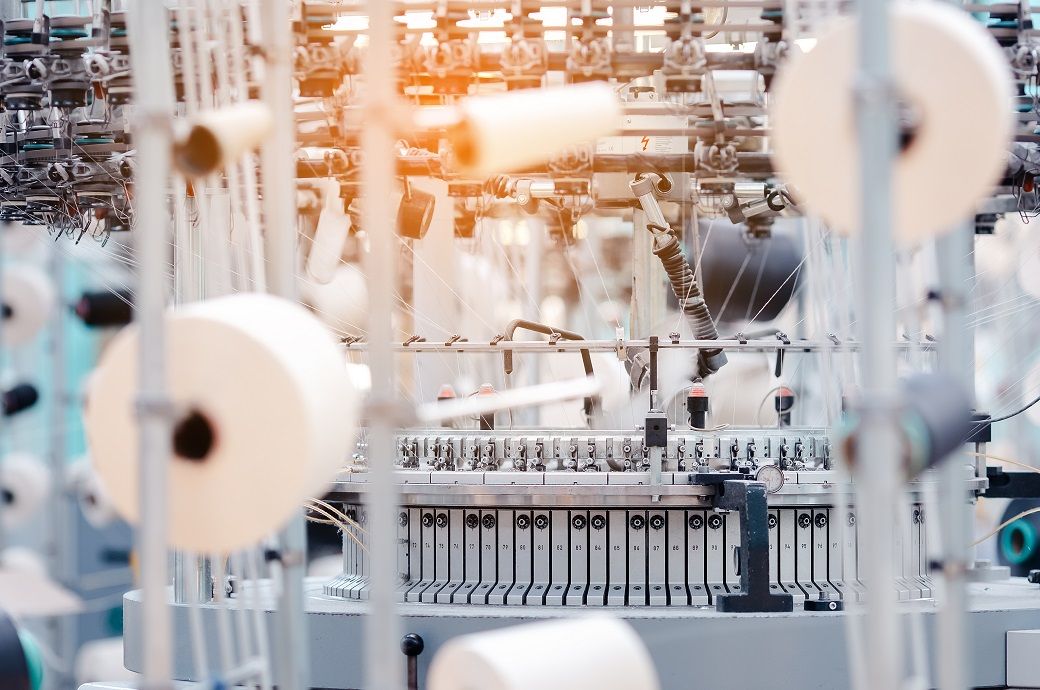
A new study shows the grim reality of jobs in the future disrupted by the AI revolution. The groundbreaking novel joint study by the International Labour Organization (ILO) and Poland’s National Research Institute has uncovered alarming gender disparities in how AI will reshape global employment. The study reveals that women’s jobs are nearly three times more vulnerable to disruption from generative AI than men’s positions.
According to the ILO-NASK index, which analyzed nearly 30,000 real-world job descriptions, 9.6% of women’s employment in high-income countries falls into the highest-risk category for AI automation—dramatically outpacing the 3.2% figure for men.
Globally, 4.7% of women’s jobs face severe disruption potential, compared to just 2.4% for men.
This gender gap stems from women’s overrepresentation in clerical and administrative roles—positions involving data entry, document formatting, and scheduling that AI systems can already perform efficiently. While these roles won’t disappear overnight, the report warns of insidious consequences: partial automation could strip these positions of meaningful responsibilities, freeze wages, and increase job insecurity.
“Without targeted training or thoughtful role redesign, women may face severely limited opportunities to adapt,” the report cautions.
See Also: AI ‘Could Destroy A Lot Of Software Jobs’ Zoho CEO Reminds Any Job Can Be Disrupted
The geographic impact varies significantly, with Europe and Central Asia showing the highest gender disparities. High-income countries face 34% overall job exposure to generative AI, while low-income nations currently register only 11% exposure—though this gap may close rapidly as technology spreads globally.
The ILO emphasizes that effective responses must prioritize expanded digital skills training specifically targeting women in vulnerable occupations. Additionally, workers should have meaningful input in how AI is implemented in their workplaces through “inclusive social dialogue.”
See Also: LinkedIn Co-founder Warns AIs Like ChatGPT Will Make Exams Harder For Students In Future; Here’s Why
Without decisive action, the report concludes, AI adoption risks widening existing gender gaps and creating a two-tier workforce where women disproportionately bear the costs of technological disruption while enjoying fewer of its benefits.
🚨 1 in 4 jobs worldwide is exposed to generative artificial intelligence — but it’s women, especially in clerical roles, who face the highest risk of disruption, says a new @ilo & @NASK_pl report.
AI is transforming work. Policies must keep up.
⬇️⬇️⬇️https://t.co/XVkNVoEuxO
— UN News (@UN_News_Centre) May 20, 2025
Jobs traditionally done by women are more vulnerable to the impact of artificial intelligence than those done by men, especially in high-income countries. https://t.co/k07HHT7QC2
— The Japan Times (@japantimes) May 21, 2025
⚠️One in four jobs worldwide is at risk of being transformed by Generative #AI.
A new ILO–@NASK_pl Index reveals where the impact could be greatest and how to prepare for it.
🔍 Read more: https://t.co/BBfpml7Yau pic.twitter.com/c1847228v1
— International Labour Organization (@ilo) May 20, 2025
?
Cover: Patrick Gawande / Mashable India

:max_bytes(150000):strip_icc()/Health-GettyImages-1383051078-c5fcd3d34b7b4f2c9ddbb616cb82251a.jpg)



